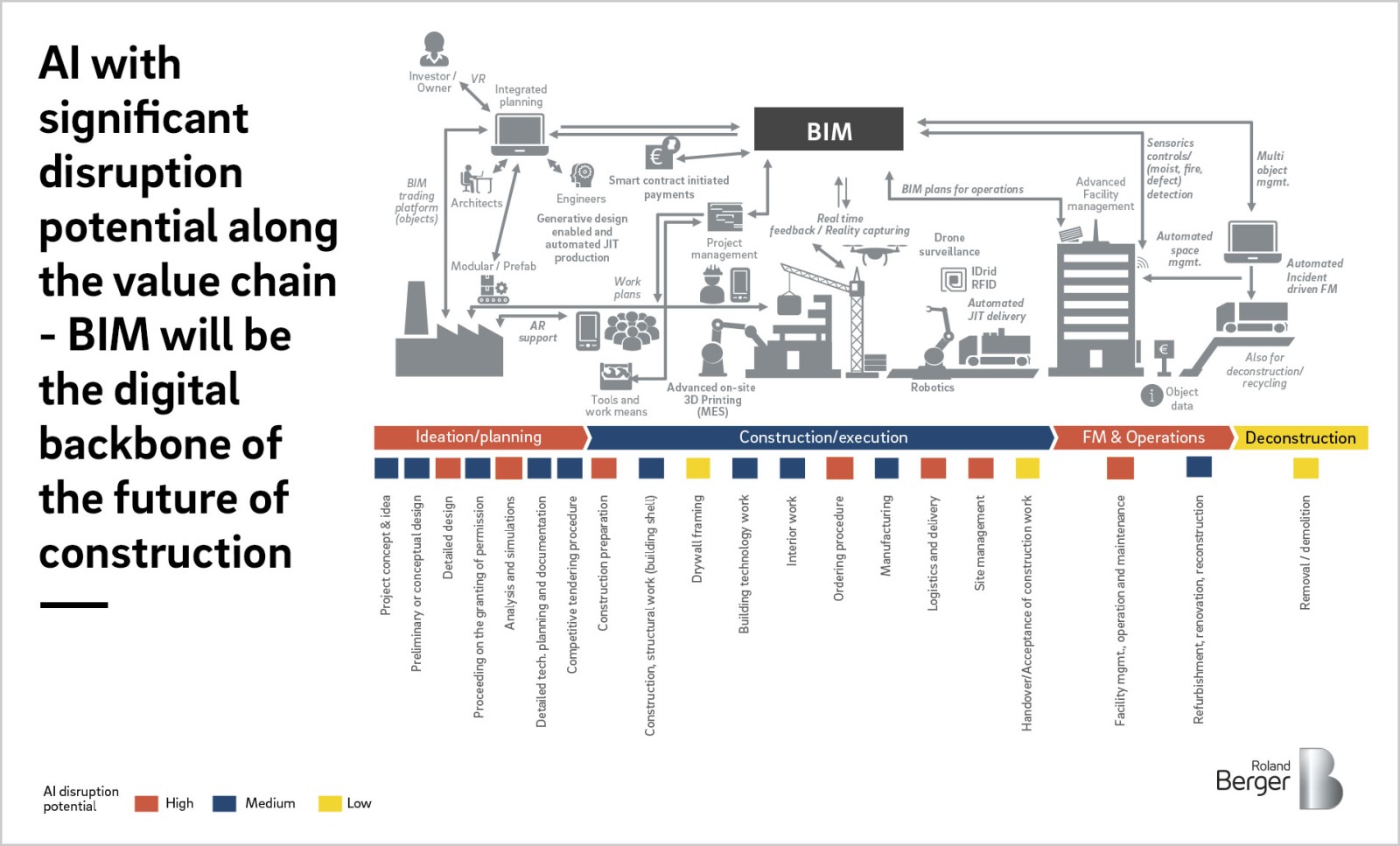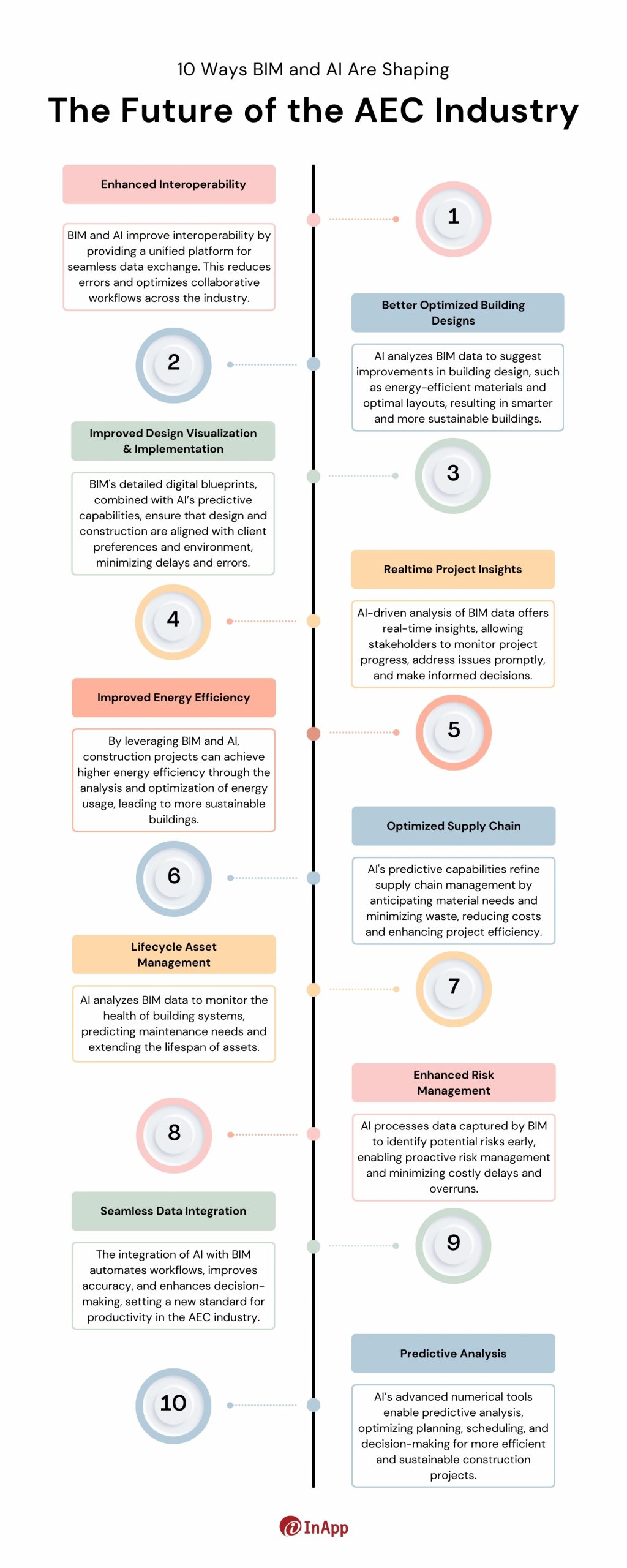Artificial horizons: AI in AEC - AEC Magazine
AI tools have made significant advancements in recent years, with standout examples including Gemini from Google, ChatGPT from OpenAI, Musk's Grok, Meta AI, and the new Chinese AI marvel, DeepSeek. The global development teams are fervently working on creating artificial general intelligence (AGI) to potentially rival human intelligence, with billions of dollars being invested in hardware.

AI in the AEC Sector
Within the AEC sector, research and development teams in major software firms are actively exploring the applications of AI. Start-ups are also emerging in hopes of disrupting the industry with AI capabilities, beyond just integrating ChatGPT frontends or AI renderers.
The first notable application area for AI in AEC has been in rendering. Tools like Midjourney, Stable Diffusion, Dall-E, Adobe Firefly, and Sketch2Render have captured the attention of architects worldwide. Challenges in this area include the need to describe images in words and maintain control over AI generation.

Advancements in AI Rendering
Techniques like Low Rank Adaptations (LoRAs) and ControlNet have been instrumental in enhancing AI rendering capabilities, providing structural control and impressive results in the right hands. Notable individuals like Ismail Seleit and Tim Fu have showcased the potential of custom-trained LoRAs combined with ControlNet.
Tools such as SketchUp Diffusion, Veras, and AI Visualizer have made AI rendering more accessible and consistent for architects working with BIM tools.
AI Ideation and 3D Modelling
While AI has shown promise in rendering, translating AI conceptual images into 3D models remains a challenge. Various tools are being developed to extract depth and spatial information from AI-generated images, but creating coherent 3D models for BIM usage continues to be a hurdle.

Efforts to generate 3D models from text-based inputs have gained traction, with algorithms trained on extensive datasets of 3D models and material libraries. Innovations like Neural Radiance Fields (NeRFs) and Gaussian splats have enabled the creation of detailed and photorealistic 3D models.
Current Trends and Future Prospects
Firms are introducing 'text to 3D' solutions, like Adobe Substance 3D Modeler and Autodesk's Project Bernini, to facilitate easy creation of 3D content from textual descriptions. However, the focus of many AI tools remains on symmetrical objects and gaming content creation.

AI applications in architecture extend beyond rendering, with the potential for AI agents to automate tasks, predict structural integrity, streamline project management, and enhance decision-making processes. Despite the promises of AI agents, challenges related to data privacy and transparency in decision-making processes remain significant concerns in the AEC industry.
As AI continues to evolve, the integration of AI capabilities into design products like Forma by Autodesk and the emergence of AI agents hold the promise of transforming the way tasks are performed in the AEC sector. While AI technology shows tremendous potential, ensuring data privacy and transparent decision-making processes will be crucial for its widespread adoption in architectural design.




















